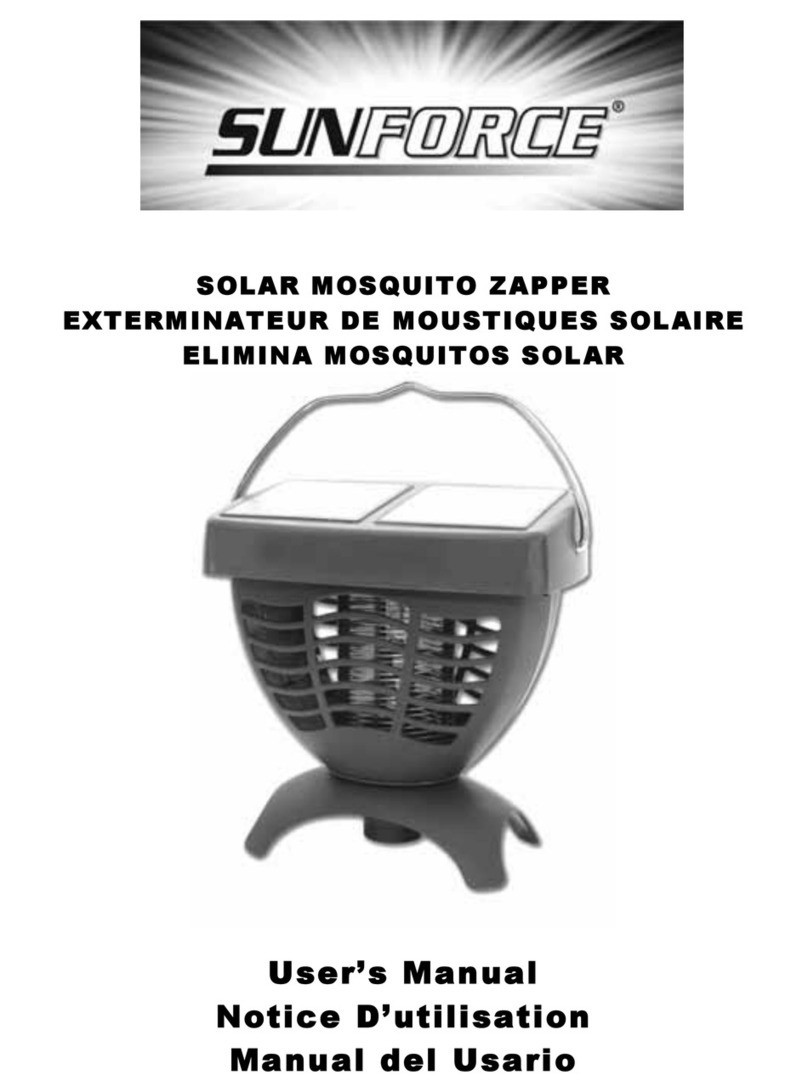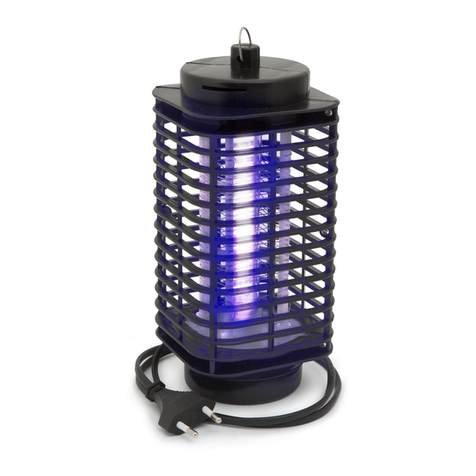
Important safety instructions for the user
Subject to technical changes - Edition 11.2019
4
OPERATING INSTRUCTIONS
FOR RETRACTABLE AWNINGS
!
!
!
!
!
!
!
!
!
12. Use in snow and ice
The awning may not be extended if it is snowing or
there is a risk of frost. There is a risk of the awning being
damaged or falling down.
If the awning is operated using an automatic control
system, the controller must be turned off over the winter
months due to the risk of frost and must be switched to
manual operation.
There is a danger in winter of icicles or sheets of ice
forming on/next to the awning, which can cause damage
or serious injuries when they fall off. Do not sit or stand
under the awning in winter and carefully remove the icicles
and/or sheets of ice. Any snow lying on it must be removed.
13. Foliage and foreign objects
Leaves and any other foreign objects lying on the
awning fabric or box must be cleared away at once. There
is a risk of the awning being damaged or falling down.
14. Hindrances
There must be no obstacles in the area into which
the awning extends. There is a danger of people there
being squashed.
15. Cleaning and maintenance work in the area into
which the awning extends
It is possible for motorised awnings to be set in
motion unintentionally. When any cleaning or mainte-
nance work is being done (e.g. by building cleaners),
it must therefore be ensured that all power to the system
is cut off (e.g. by flipping the trip switch).
If the awning is used by several users, a priority locking
system (controlled external electricity cut-off switch) must
be used, which makes the retraction and extension of the
awning impossible during cleaning and maintenance work.
16. Upkeep and cleaning
Frame:
All aluminium parts are powder-coated and thus
not susceptible to the weather. Nevertheless, we
recommend that you clean the aluminium parts with
water and a household detergent at regular intervals
(do not use aggressive cleaning agents).
Awning fabric made of brand-name acrylic:
MHZ awning fabrics made of woven acrylic material
have had an anti-rot, dirt-repellent treatment applied
and can be wiped clean as necessary using lukewarm
water. Soap solutions and additives must not be used
for cleaning. If they are, the impregnated treatment
will get washed off.
Awning valance
If your awning is equipped with a valance, you can
take this out of the drop bar in the autumn. To do
this, one of the end caps is unscrewed from the
drop bar. In the case of carrier bar awnings the cap
is removed with a simple twisting movement.
The valance can subsequently be pulled out of the
drop bar laterally.
Tip:
Pull out the piping inserted in the valance and push
it back into the drop bar's beading channel. Your
valance can then be easily rolled up and stored.
17. Maintenance / repairs
Safe and risk-free use of the awning can only be
guaranteed if it is inspected and maintained regularly.
The maintenance instructions and maintenance inter-
vals must be followed.
The following points should be carried out regularly, and
in any case at least once a year
Check for any early signs of wear or damage to
the awning fabric, frame or electric cables.
Check that the screws with which the awning is
fixed to the wall/ceiling brackets are still screwed
in tight.
Clean the drop bar, especially in the area where
the fabric is hooked in.
If any damage is identified, a specialist retailer
or suitable, qualified support firm must be engaged to
repair it. Any awnings in need of repair must be retracted
and may not be used.
Before doing any cleaning, maintenance or repair
work, the tension must be completely released from any
taut joint arms (in extended state fabric must droop loosely).
The joint arms must also be secured against any unin-
tended folding. It is possible for extended drop bars to
move or fold in when touched.
























